3D Scan Conversion of CSG Models Into Distance Volumes
David Breen * Sean Mauch * Ross Whitaker **
* Computer Graphics Lab, Caltech ** School of Computing, U. of Utah
A distance volume is a volume dataset where the value stored at each voxel is the
shortest distance to the surface of the object being represented by the
volume. Distance volumes are a useful representation in a number of
computer graphics applications.
We have developed a technique for generating a distance volume from one type of
geometric model, a Constructive Solid Geometry (CSG) model consisting of
superellipsoid primitives.
(See Breen, Mauch & Whitaker 1998, 1999, 2000).
The distance volume is generated in a two step process. The first step
calculates the shortest distance to the CSG model at a set of points
within a narrow band around the evaluated surface. Additionally, a
second set
of points, labeled the zero set, which lies on the CSG model's surface are computed.
A point in the zero set is associated with each point in the narrow band.
Once the narrow band and zero set are calculated
a fast marching method is employed to propagate the shortest distance
and closest point information out to the remaining voxels in the volume.
Our technique has been used to scan convert a number of CSG models, producing
distance volumes which have been utilized in a variety of computer graphics
applications, e.g. CSG surface evaluation, offset surface
generation, and
3-D model morphing.
Generating the Narrow Band and Zero Set
The narrow band and zero set needed for the fast marching method are
generated with a modified version of the Constructive Cubes algorithm
(See Breen 1991).
For each voxel, the Constructive Cubes algorithm traverses the CSG model's acyclic graph,
evaluates each primitive's inside-outside function at the voxel location, and combines
sub-component values at each non-leaf node of the graph to produce a value
which represents the inside-outside function for the complete model at a particular
point. The Constructive
Cubes algorithm has been modified in two ways to generate the data needed for
the fast marching algorithm. First, the step which evaluates the inside-outside
function for each superellipsoid at a particular point has been replaced by a
technique for calculating the closest point and shortest distance to the superellipsoid
from an arbitrary point. The second modification involves formulating new
shortest distance combination
rules which are applied at each non-leaf node of the CSG graph. These are
formulated in a way to produce the closest point and shortest distance
to the entire CSG model from a point near the model surface.
To calculate the closest points to a surface on a regular grid, we
utilize an algorithm similar to Sethian's
fast marching method, but instead of using a finite
difference scheme to compute distance, we use a heuristic algorithm to
propagate closest points information. Instead of specifying the distance
for the points in the narrow band as an initial condition, we specify the
closest points to the surface.
In one step of the closest points method:
-
The point gp with the smallest distance is removed from the narrow band
and it's value is frozen.
-
Points are added to the narrow band to maintain unit thickness.
-
The closest points of the neighbors with larger distances than gp are
recomputed using the closest point information from gp.
Research Results
CSG Model Surface Evaluation
The figure on the left is a CSG model evaluated with the original Constructive Cubes
algorithm. The image on the right demonstrates that evaluating a similar
CSG model using distance volumes produces superior results.
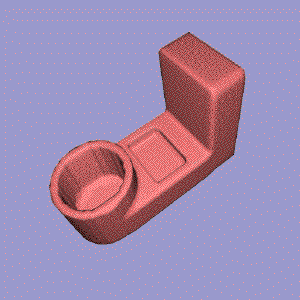
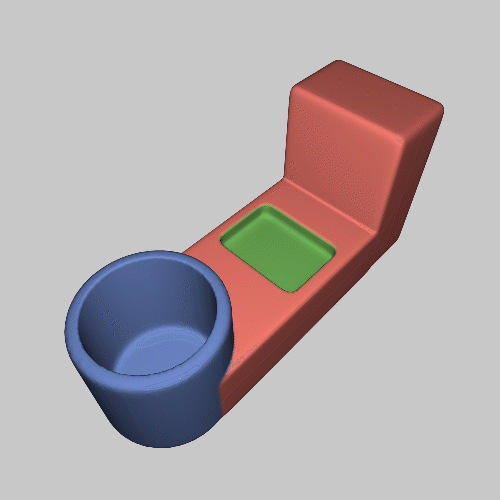
The following two figures present a dart CSG model and an X-29 jet fighter CSG model.
Their surfaces have been evaluated by first performing 3D scan conversion
at a resolution of 96x192x240. The iso-surface at value zero is then extracted
from the distance volume using the Marching Cubes algorithm.
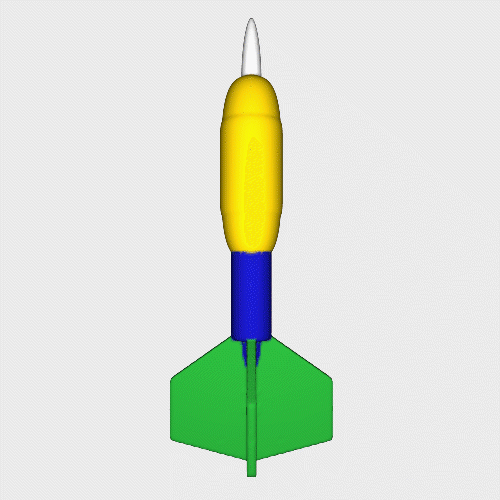
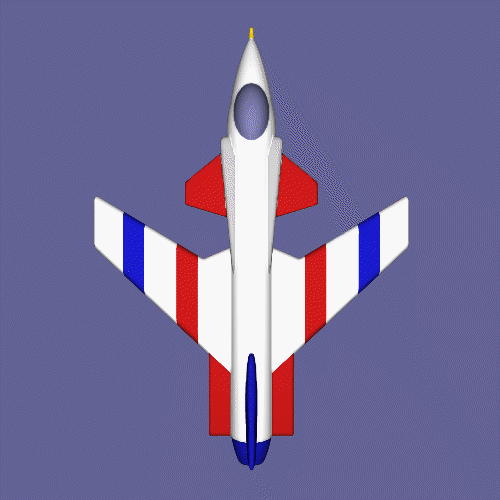
Offset Surface Generation
Extracting an iso-surface at a value other than zero produces
offset surfaces of the CSG model. The following images present
offset surfaces from the X-29 model at values .15, .25, .5, and .8.
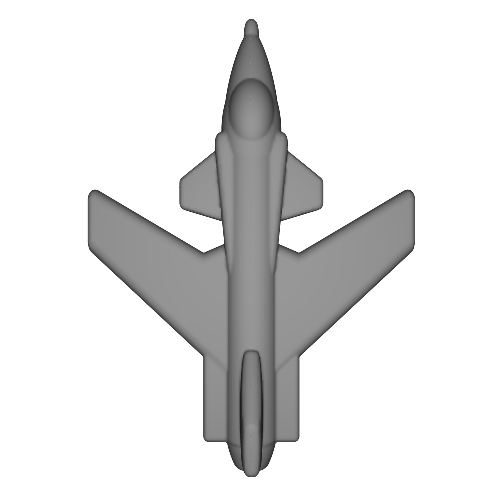
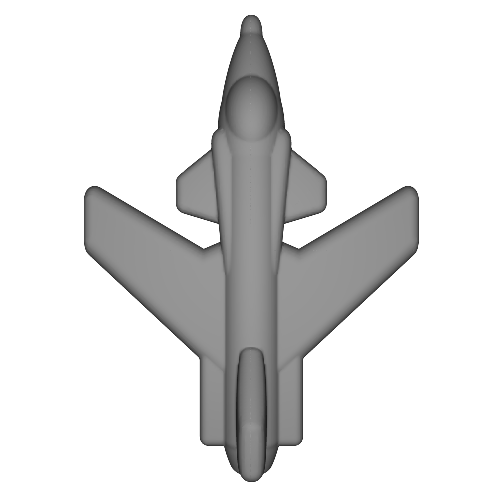
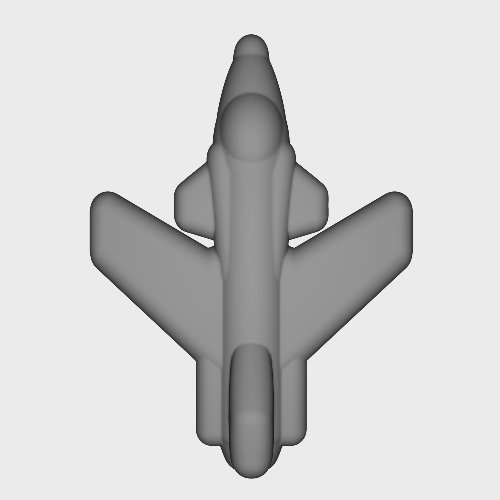
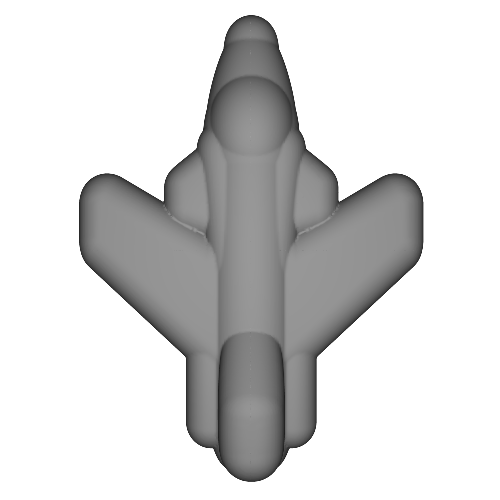
3D Model Morphing
Distance volumes provide the input representation for our
3D model morphing
work using Level Sets. The following are
frames from an animation of a X-29 jet morphing into a dart.
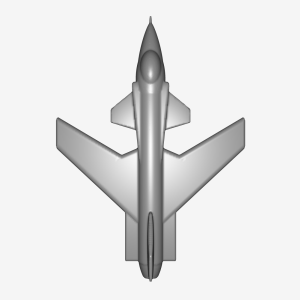
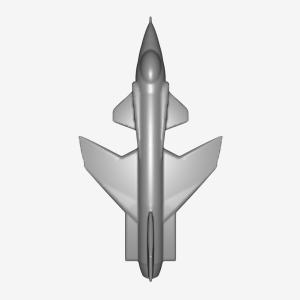
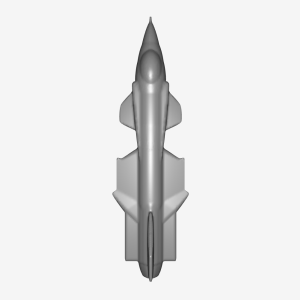
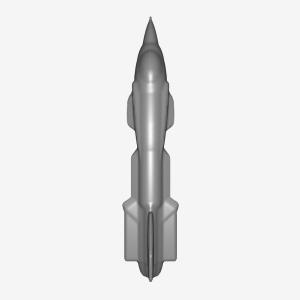
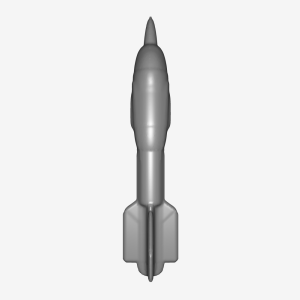
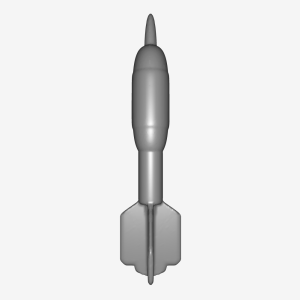
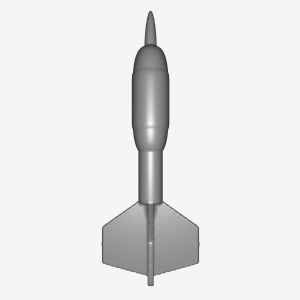



Last modified on Monday, August 24, 1998.












